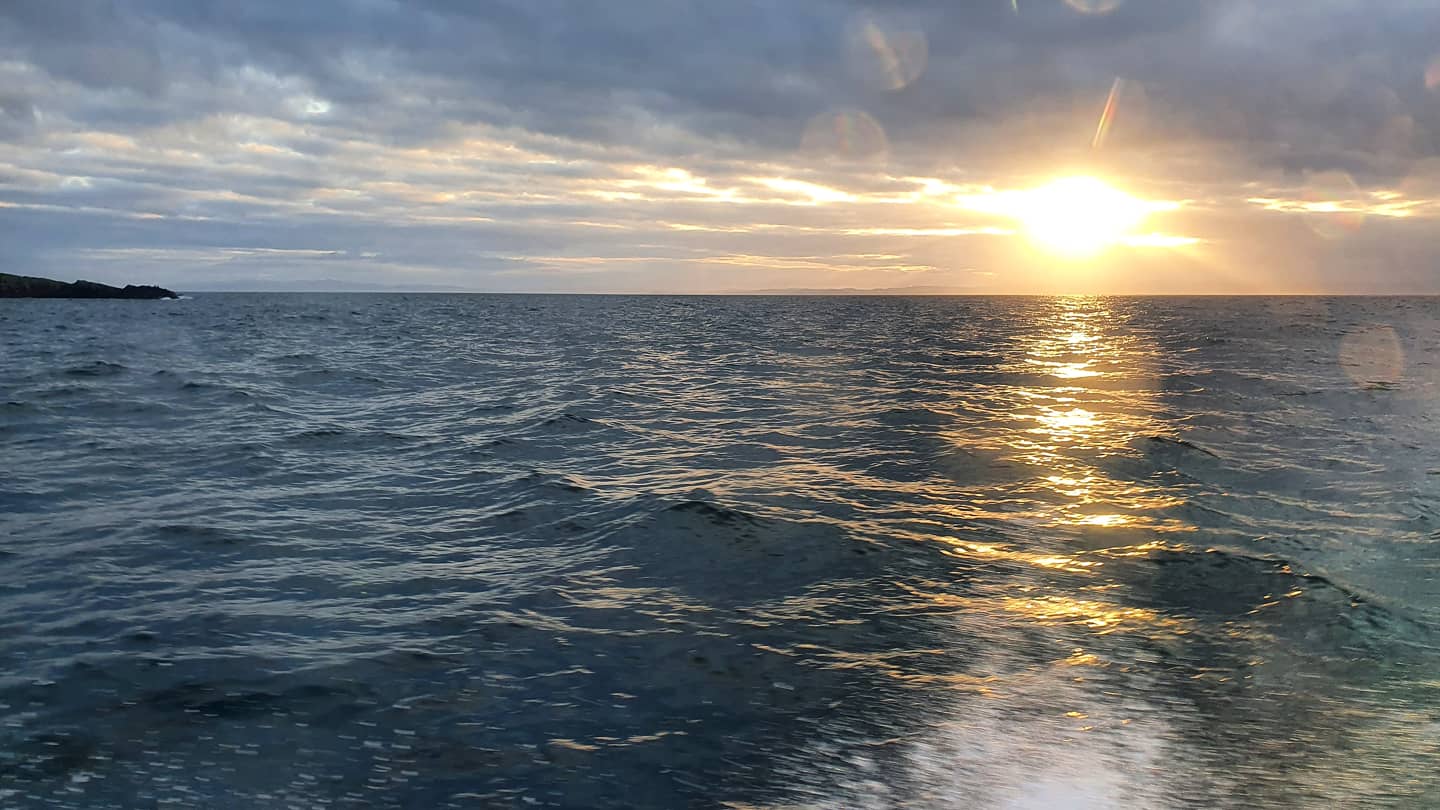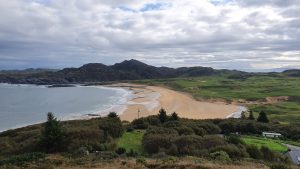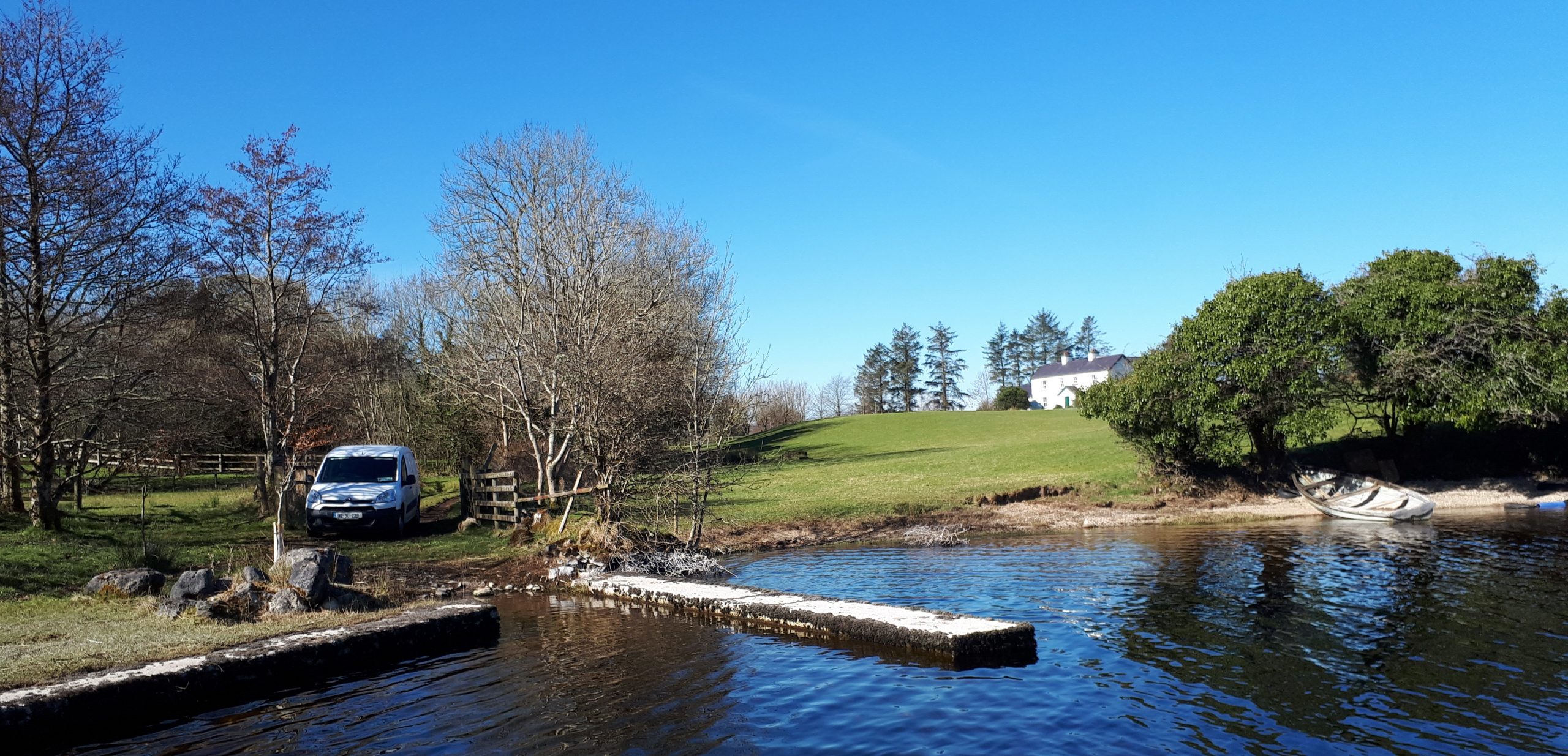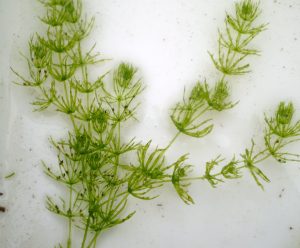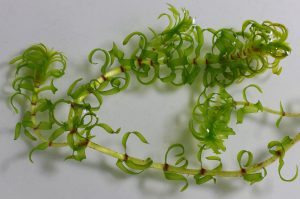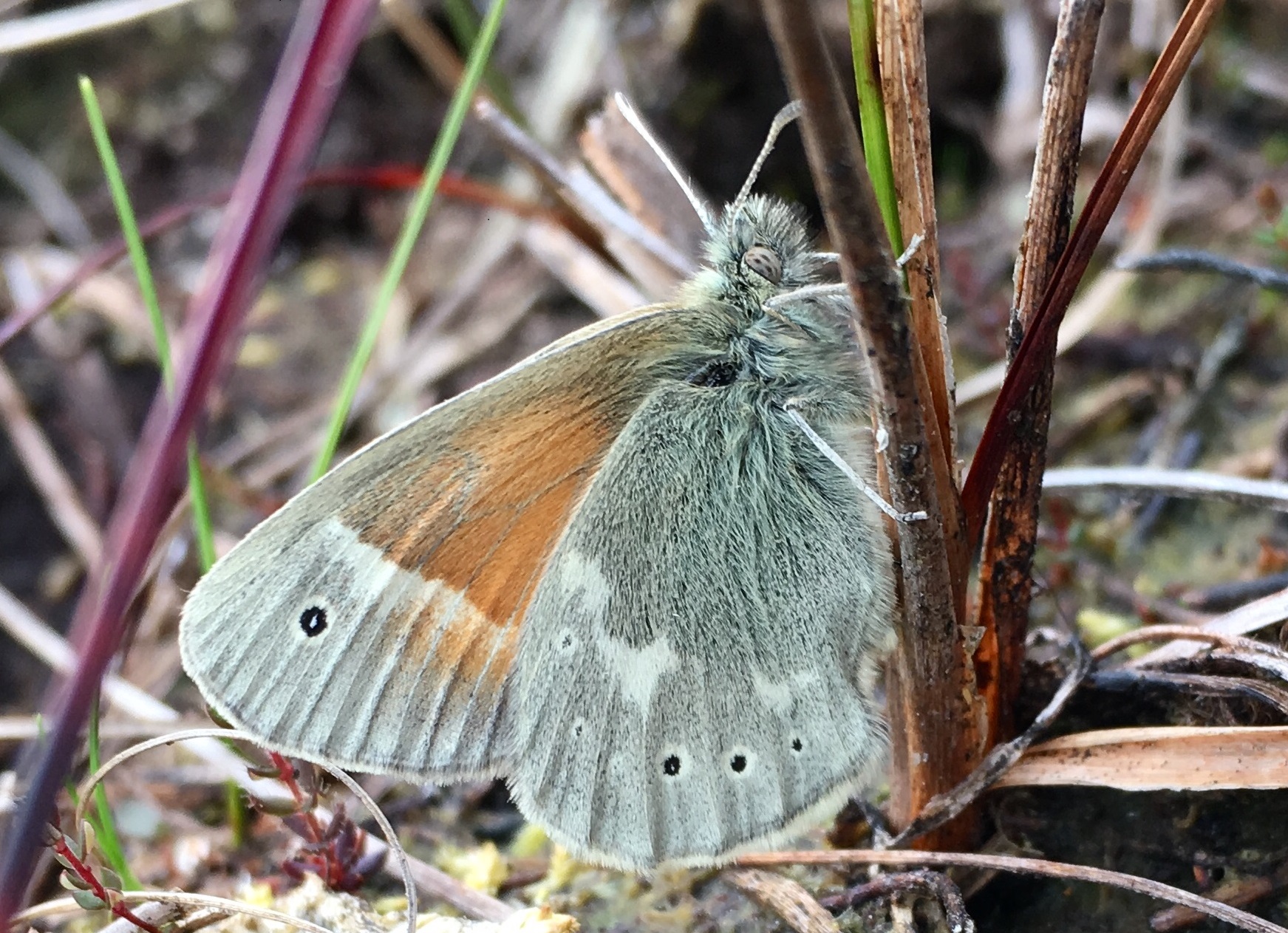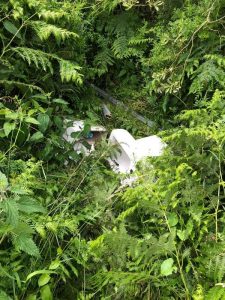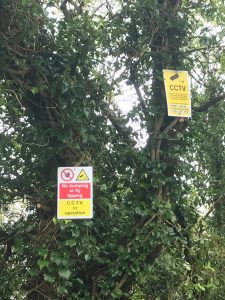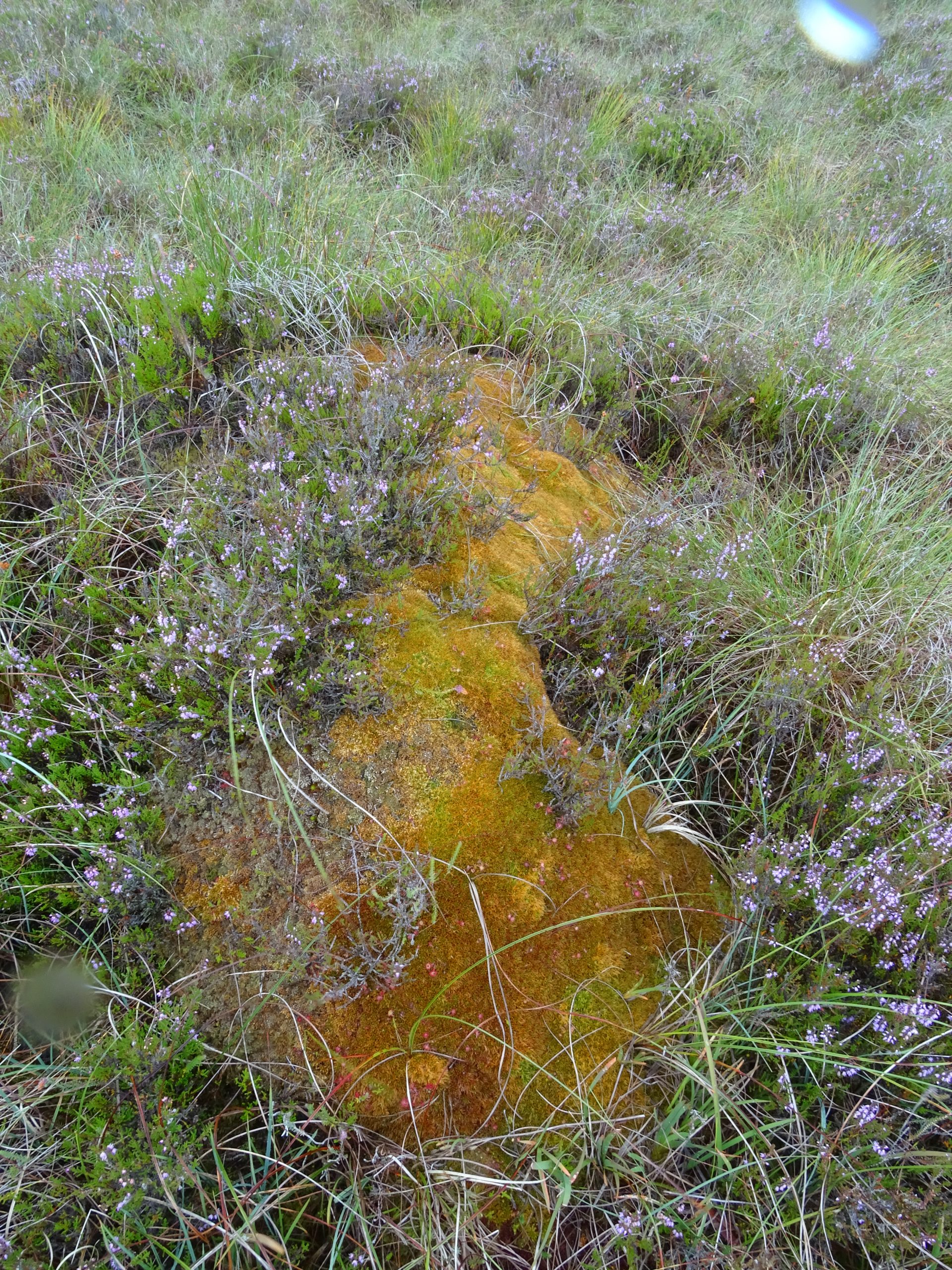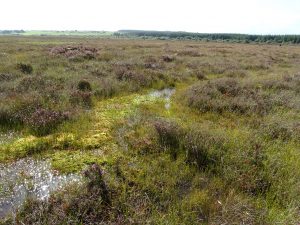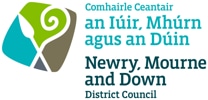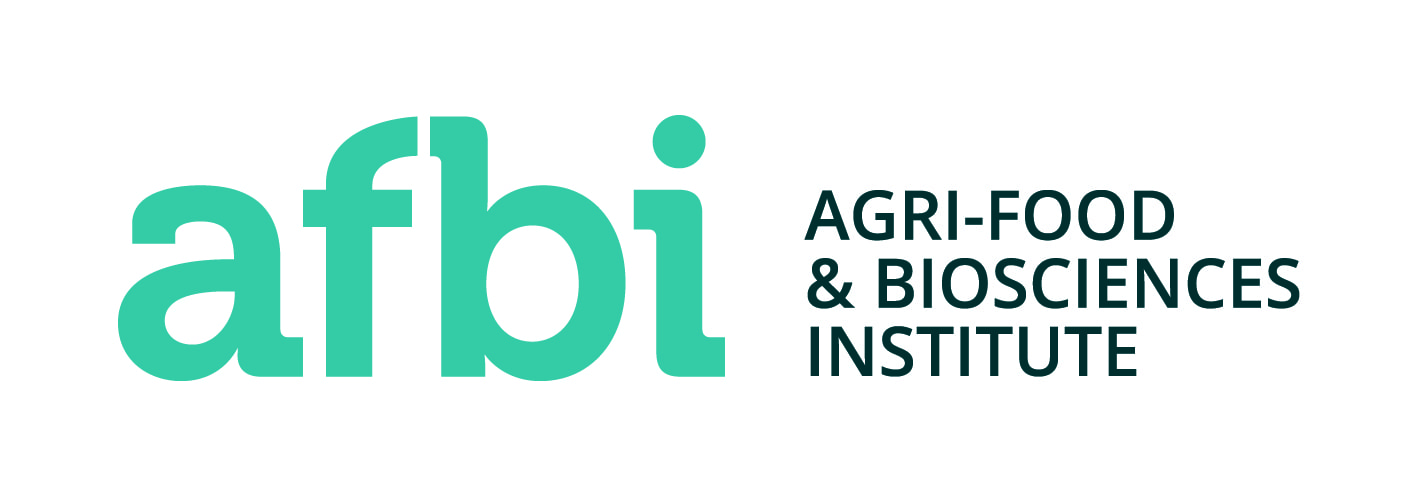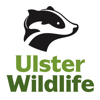We welcome our new Conservation officer working with ACT in Argyll, Angharad Ward. Angharad started off her new post with a visit to Colonsay to check out how the rhododendron removal is going there.
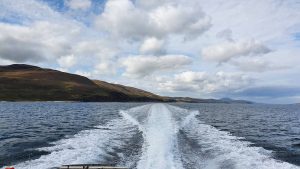 An early morning start with the sunrise to make the most of the daylight saw Deb Baker and Angharad aboard a private RIB from Islay sea adventures. The journey itself was a beautiful introduction to the wildlife of the area with views of a white-tailed sea- eagle fishing in the Sound.
An early morning start with the sunrise to make the most of the daylight saw Deb Baker and Angharad aboard a private RIB from Islay sea adventures. The journey itself was a beautiful introduction to the wildlife of the area with views of a white-tailed sea- eagle fishing in the Sound.
Once on the island, the pair found that the contractors ICD Tree Services have made a great start despite the steep inclines and rough terrain and many mature rhododendrons have already been removed on the south section of the site.
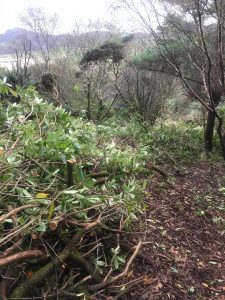 This has really opened up the area and the cut vegetation will be left to rot and the stumps sprayed to discourage regrowth. It is essential this treatment is done in the first minutes after felling so that the plant absorbs the herbicide. A second section of the site has been sprayed directly and some of the stands are already starting to lose their leaves. Works will continue this week to cut the rest of the dense stands with further spraying of isolated plants and small patches.
This has really opened up the area and the cut vegetation will be left to rot and the stumps sprayed to discourage regrowth. It is essential this treatment is done in the first minutes after felling so that the plant absorbs the herbicide. A second section of the site has been sprayed directly and some of the stands are already starting to lose their leaves. Works will continue this week to cut the rest of the dense stands with further spraying of isolated plants and small patches.
It is hoped that Colonsay will become a Rhododendron free island in the near future, the culmination of many years’ work with the community and farmers on the island.

